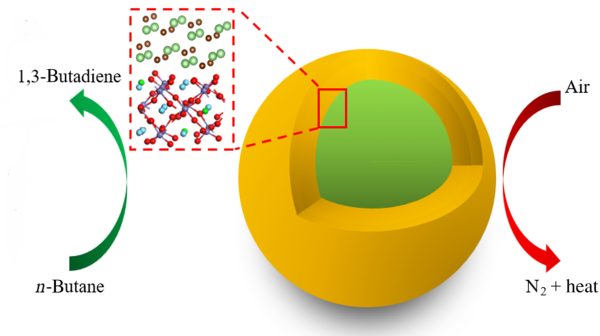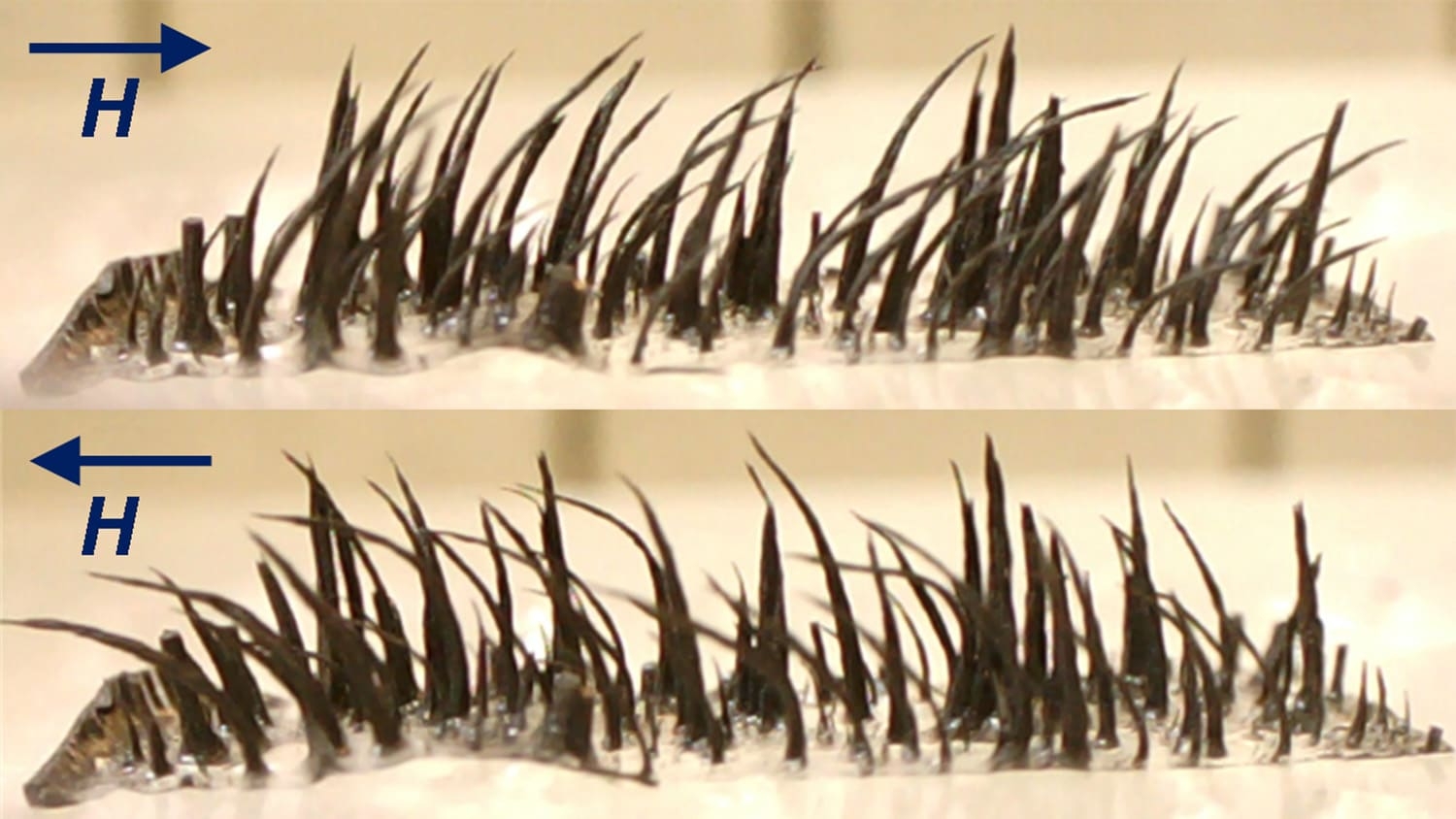By winston
Department of Chemical and Biomolecular Engineering
This is a modified version of an article written by Matt Shipman, Research Lead in University Communications.
Professor Fanxing Li and his colleagues have developed a new catalyst that improves the efficiency of converting butane, a component of natural gas, into butadiene – a building block in synthetic rubber and a variety of plastics.
Creating butadiene from butane is tricky. Existing techniques for converting butane into butadiene either create a bunch of byproducts that nobody wants, or convert only a small fraction of the butane into butadiene each time the butane passes through a chemical reactor. As a result, you have to run the butane through the same process repeatedly.
“This is an expensive process in terms of both energy and money,” says Prof. Li, corresponding author of the work and Alcoa Professor of Chemical and Biomolecular Engineering. “Because after every pass through the chemical reactor, you have to separate the butadiene and byproducts from the butane – which takes a lot of energy – and run the butane through the reactor again.”
Because of this, there are very few plants devoted to producing butadiene. Instead, much of the butadiene used in manufacturing comes from plants where butadiene is collected as a byproduct of other reactions.
“That’s a problem, because the demand for butadiene far outstrips the available supply,” Li says. “We wanted to come up with a more efficient way of converting butane into butadiene, making butadiene production facilities more commercially viable – and this work is an important step in that direction.”
Specifically, the researchers have engineered a catalyst that converts more butane into butadiene with each pass through the reactor, compared to previous catalysts. The work was done using an oxidative dehydrogenation reaction.
“We were able to convert up to 42.5% of the butane into butadiene in a single pass,” Li says. “The previous best performance we could find was around 30%. This is a big first step, but we view it as a proof of concept – we think we can still do a lot more to improve the selectivity of this process.”

The catalyst itself is a lithium bromide shell surrounding a core of lanthanum strontium ferrite. The reaction requires a modular reactor, and conversion takes place at between 450 and 500 degrees Celsius.
“We’re open to partnerships to further explore the potential of this work,” Li says.
The paper, “Alkali metal halide coated perovskite redox catalysts for anaerobic oxidative dehydrogenation of n-butane,” is published in the open-access journal Science Advances. First author of the paper is Yunfei Gao, a former Ph.D. student and postdoc researcher in Prof. Li’s research group who is now on faculty at the East China University of Science and Technology. The paper was co-authored by Xijun Wang, a former postdoc in the Li group who is now at Northwestern University; Noel Corolla, a former CBE undergraduate researcher (B.S. ‘21) in the Li group; Tim Eldred, a research associate in the Li group; Arnab Bosea, a former Ph.D. student and postdoc in the Li group; and Wenpei Gao, an assistant professor of materials science and engineering at NC State.
This post was originally published in the Department of Chemical and Biomolecular Engineering.
- Categories:



